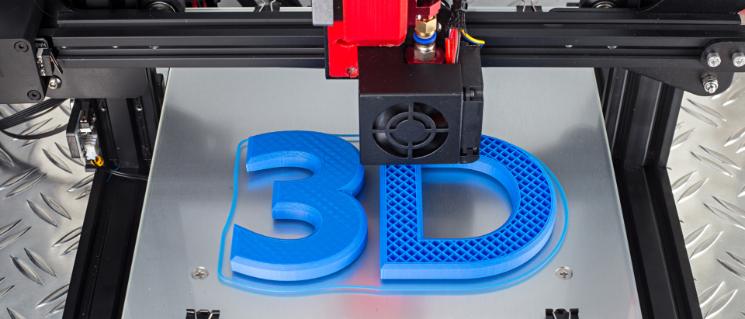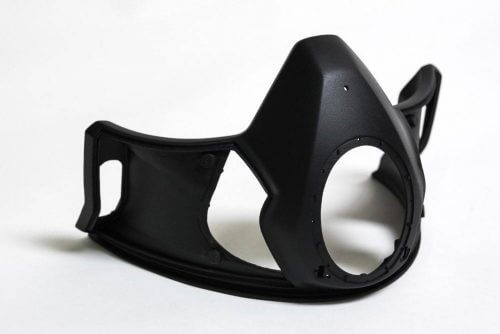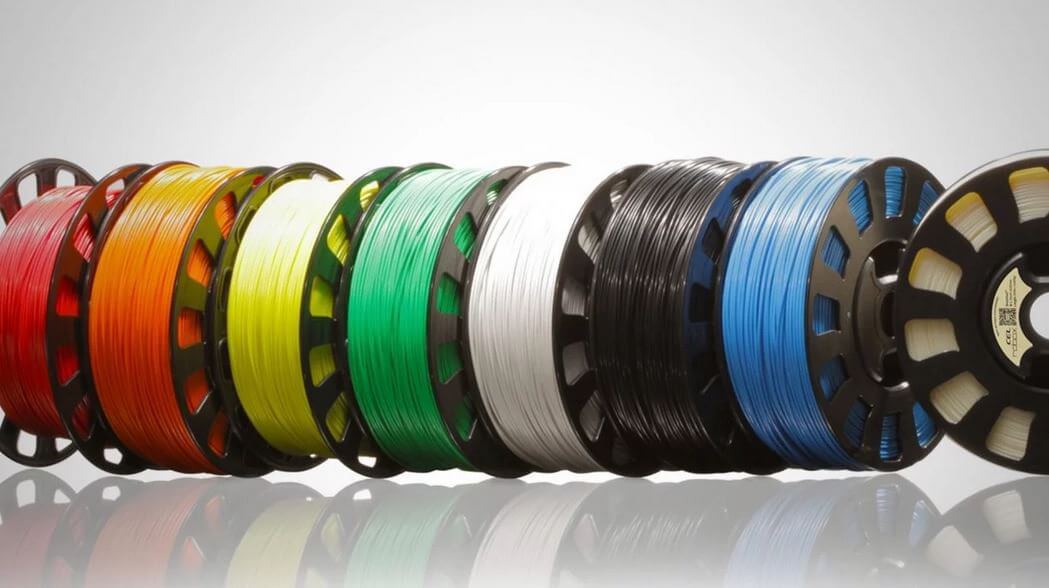4 Important Plastic Filaments for 3D Printing
Plastics have become the most popular materials in the field of 3D printing due to their diverse properties, relatively low cost, and good processing performance. In the 3D printing process, plastics are usually presented in the form of filaments. These filaments are highly flexible and adaptable, and can be accurately melted and deposited by 3D printers to print a variety of complex shapes and unique geometries, whether it is a delicate small ornament or a large industrial part, can be realized through these filamentary plastic materials.
1.Polyacetate (PLA) filament
These are the most consumed filaments in the 3D printing industry and are made from natural and biodegradable polymers. Therefore, the lower melting point of a PLA filament (180-220°C) makes it compatible with all series of 3D printers. But the decomposition rate is slower. Although it does not offer superior performance like other petroleum-based 3D printing materials, PLA material is suitable for prototyping and low-stress applications. Next, it can be blended with other traditional polymers to tailor the desired properties. Rapid processing and rapid printing capabilities make PLA 3D printing suitable for non-functional prototypes. Manufacturers often use PLA filament to quickly print designs and optimize products before going into full production.

2.PETG filament
Polyethylene terephthalate is a durable and impact-resistant material used for 3D printing. This filament builds more heat-resistant, stronger parts. Additionally, it is safer for food processing. Moreover, it is similar to PET 3D printing plastic, with ethylene glycol (ethylene glycol modified PET) adding strength and ease of printing operation. It also has minimal warping and good bed adhesion. Therefore, PETG printing has a lower risk of print failure.
Applications for printing with PETG filament:
1.Automotive, aerospace and electromechanical parts
2.Oil, grease or chemical containers and prototypes
3.Medical and laboratory equipment such as tubes, bottles and packaging
4.Displays and signage
5.Safety equipment such as protective shields, goggles and helmet visors
6.Artwork and Decorations
3.ABS filament
Acrylonitrile Butadiene Styrene (ABS) is a low-cost thermoplastic with excellent impact and shock absorption capabilities. The lightness, stiffness, and strength of ABS filament make it essential in many 3D printing projects. ABS 3D printing requires higher processing temperatures and requires heating of printing beads. This heating helps minimize the risk of material deformation. Also, applying adhesive force can help reduce shrinkage or warping.

ABS 3D printing applications:
1.Mechanical components, casings and casings
2.Automotive parts such as dashboard trim, grilles and mirror housings
3.Models and visual aids for training and educational purposes
4.Household items such as food containers, kitchenware and decorative items.
5.Customized products such as phone cases, keychains and statues

4.Other filaments
TPU (thermoplastic polyurethane)
It is a flexible polymer that is resistant to wear, oil and grease. TUU prints flexible parts such as phone cases, shoe insoles and seals.
Nylon
Delrin or nylon is a strong, flexible and chemically resistant material. Nylon filament is used in applications that require durable and impact-resistant components. For example, using gears, bearings and tools.
PC (polycarbonate)
PC supplies are best known for printing optically clear parts and products. They also offer high strength, heat resistance and optical clarity. Some uses include 3D printing of lenses, auto parts, and medical devices.
